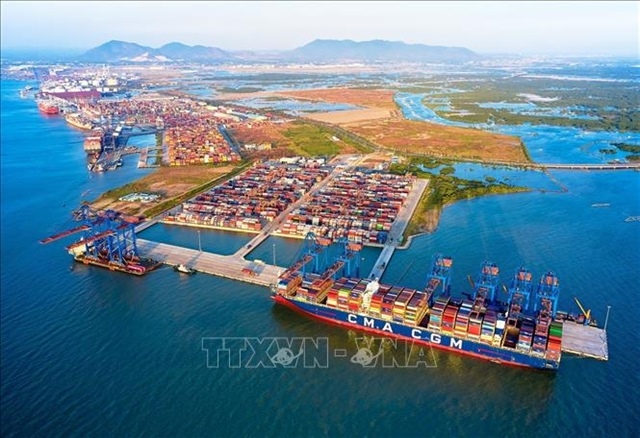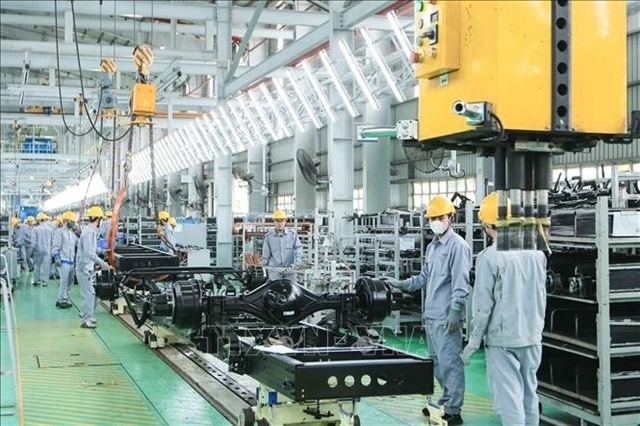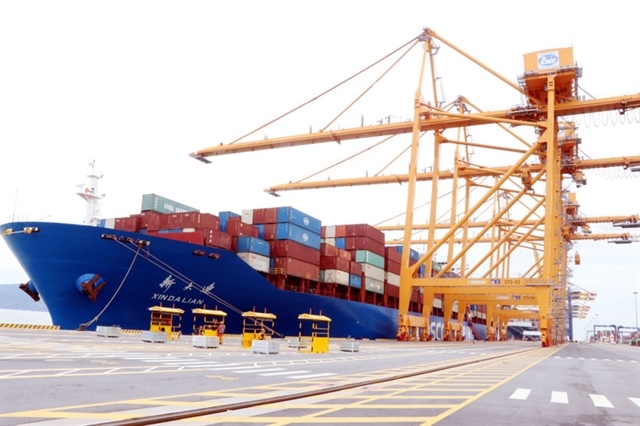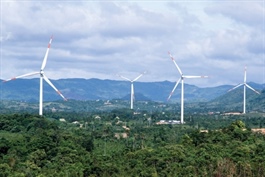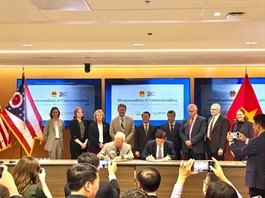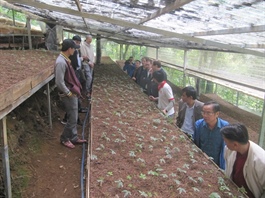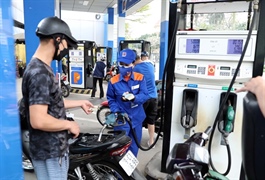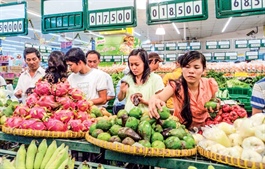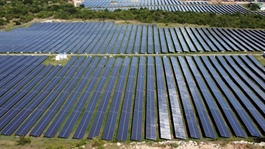How Vietnamese logistics can contend with shifting global supply chains
How Vietnamese logistics can contend with shifting global supply chains
In the midst of uncertain trade tensions, among ASEAN countries, Vietnam continues to stand out as one of the most attractive logistics markets.
The Vietnamese government is well-positioned to manage these uncertainties through a robust diversification strategy, broadening trade partnerships, strengthening regional connectivity, and deepening supply chain links beyond traditional markets.

Yuichi Ota, partner, YCP Vietnam |
While businesses may experience a moderated pace of growth in the near term, Vietnam’s logistics sector must double down on efforts to enhance efficiency and resilience, particularly through stronger collaboration between public institutions and private enterprise, to preserve and strengthen its regional leadership.
Vietnam has demonstrated a strong commitment to improving its trade infrastructure, investing around 6 per cent of its GDP annually, well above the regional average. This investment has yielded significant outcomes. For instance, the Mekong Delta region has seen substantial transformation, attracting foreign investment through improved transport links.
Vietnam operates 44 seaports with a combined annual handling capacity of around 500 million tonnes and 22 airports, including 12 international ones. Major seaports and airports play a vital role in trade facilitation.
However, logistics activities remain heavily reliant on road transport, which accounts for roughly 75 per cent of freight and 90 per cent of passenger movement. The Cat Lai Port alone handles over 22,000 vehicles daily, contributing to severe congestion. This overdependence on roads, coupled with underdeveloped rail and waterway networks, creates inefficiencies, elevates costs, and undermines competitiveness.
To address these issues, the government enacted the Maritime Infrastructure Master Plan towards 2030. The plan aims to modernise seaport infrastructure, expand deepwater and inland ports, and improve multimodal transport connectivity, with a target to increase port capacity to 1.25–1.5 billion tonnes annually by 2030.
Vietnam has also actively pursued an open trade policy. Notably, it is part of both the ASEAN-China Free Trade Area and the Regional Comprehensive Economic Partnership (RCEP). The World Bank in 2022 wrote a white paper which assessed the potential impact of the RCEP, which stated that Vietnam, among other middle-income countries, may benefit the most from the deal.
In the current phase of RCEP implementation towards 2035, the average tariffs imposed by Vietnam are declining from 0.8 to 0.2 per cent, while the tariffs faced by Vietnam are reducing from 0.6 to 0.1 per cent.
Four scenarios were simulated to assess the impact of RCEP implementation. The first scenario models scheduled tariff reductions among members, as outlined in the agreement; the second scenario adds reductions in non-tariff barriers; the third incorporates trade cost reductions from a more liberal rules of origin regime; and the fourth captures productivity improvements linked to trade liberalisation, commonly referred to as the “productivity kick”, reflecting efficiency gains from lower trade costs.
All impacts are measured as percentage changes relative to a business-as-usual baseline for 2014–2035. In the most optimistic scenario, the RCEP could boost Vietnam’s income by 4.9 per cent, the highest among all member countries. The country is also projected to see an 11.4 per cent increase in exports and a 9.2 per cent rise in imports, highlighting its increasing importance in regional trade flows.
Vietnam’s neutral stance in the US-China trade conflict initially positioned it as a politically safe and cost-effective alternative for global manufacturing. Major players shifted portions of their production to Vietnam, which reinforced the country’s reputation as a rising global manufacturing hub. However, potential US tariff increases have created new uncertainties, raising concerns about Vietnam’s continued competitiveness as a key player in global supply chains.
Despite its strong growth trajectory and increasing regional significance, Vietnam’s logistics sector continues to face several persistent structural and environmental challenges.
While major cities in Vietnam have benefited from robust infrastructure investments, logistics performance in non-urban areas remains hindered by several structural challenges.
Inadequate road networks in rural and remote regions contribute to congestion and frequent delivery delays. Many port facilities are outdated, lacking modern handling equipment and efficient processing systems, which results in shipping delays and higher operational costs.
Although Vietnam has an extensive river network, both inland waterways and railways remain underutilised, reinforcing the country’s heavy reliance on road transport.
Additionally, the lack of multimodal integration, seamless connections between road, rail, and port systems, further limits logistics efficiency and undermines the development of cohesive, end-to-end transport solutions.
Vietnam’s competitive advantages, its strategic location, trade policy environment, developed infrastructure, and affordable labour, have made it a prime beneficiary of the China+1 strategy.
Nevertheless, the country’s future role in global supply chains remains vulnerable to shifting geopolitical dynamics and tariff policies, which could challenge its manufacturing and logistics competitiveness.
- 11:25 06/06/2025



